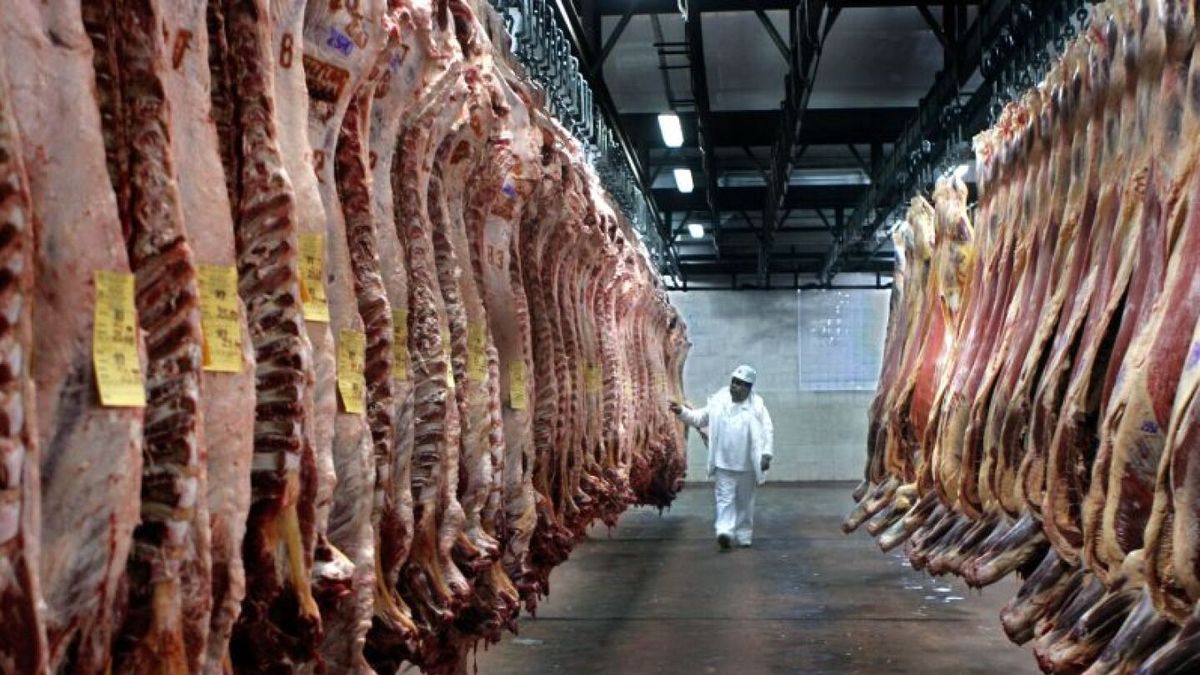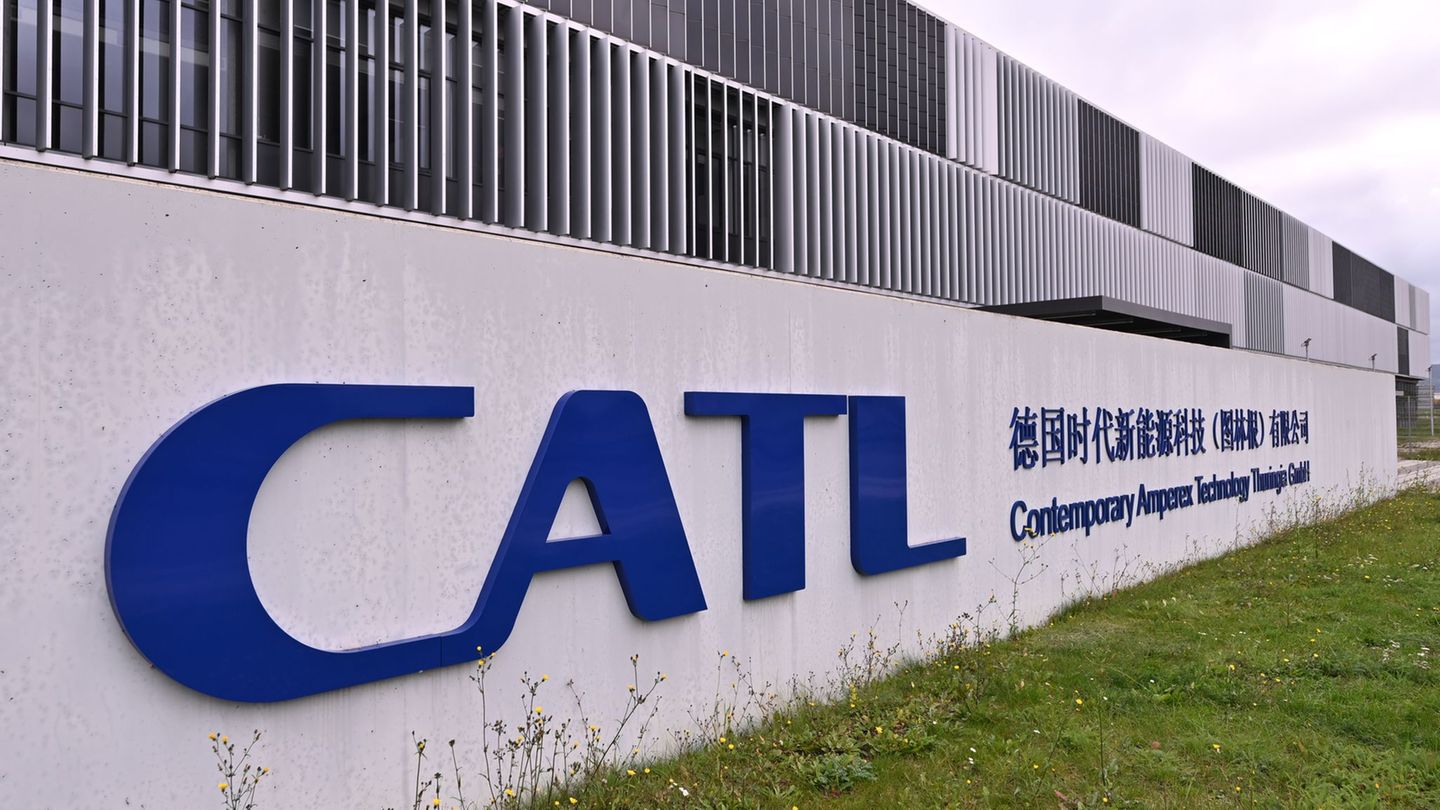The Rural Association of Uruguay (ARU) carried out a technical study of the state of the refrigeration industry from the purchase of the three refrigerators of Marfrig by Minerva, and presented it to the government as a result of what they understand as a worrying situation of concentration of the slaughter market Uruguayan.
When the controversy over the purchase of the refrigerator Breeders and Packers Uruguay (BPU) by Minerva Foods —which left 51% of the local market in the hands of Brazilian companies, Minerva and Marfrig— had not yet completely passed, the announcement by this same company of the acquisition of three of the four plants that its competitor and compatriot has in the country set off alarm bells among producers and political leaders.
The reason is that, with the new incorporation of plants, Minerva will come to mean more than 44% of the total participation of the national refrigeration market, according to the report released by the Directorate of Agroeconomic Studies of the ARU. Likewise, if the valuation of the market share of the four main firms is taken —Minerva, Marfrig, The Stones and Pando— in the last moving year, between them they represent 69% of the industry —of which the new owner of the BPU would mean, by itself, 42.6%.
The technical work of the agrarian union mentions, in turn, that the US Federal Trade Commission establishes thresholds for market concentration: according to this indicator, when the portion is less than 33%, the market is considered to be less concentrated; when it is between 33% and 67% it is a moderately concentrated market; while si exceeds 67%, there are high levels of concentration. This last case would be that of the Uruguayan refrigeration industry.
In turn, the Directorate of Agroeconomic Studies of ARU took another indicator, the Herfindahl-Hirschman index, which not only measures market share, but also takes into account the number of competitors. The thresholds for this indicator are variable: ECLAC establishes that an index greater than 1,800 is considered as a market “highly concentrated”, between 1,000 and 1,800, “moderately concentrated” and less than 1,000, “slightly concentrated”. In the case of the Federal Trade Commission, they consider that when the indicator exceeds 2,500 points they are highly concentrated.
In this sense, the slaughter studies by establishment indicate that considering Minerva with its seven plants, the cited index would be, in the first eight months of 2023, of 2,168.
These were the figures that the ARU approached the government, although the official response was that we will have to wait for what the government decides. Commission for the Promotion and Defense of Competition of the Ministry of Economy and Finance (MEF), about. Along the same lines, the authorities assured that the decision will be technical and not political, thus ruling out any possibility of intervention by the Executive Branch to balance participation in the local refrigeration industry.
“It’s a danger,” warned Mujica
The purchase of three of the four refrigerators of Marfrig by Minerva raised the alarm of almost the entire agricultural sector and also reached the political arc, being the former president of the Republic, Jose Mujicawho warned about the danger it represents for the Uruguayan industry.
This week the brazilian company Minerva bought three of the four plants that its competitor Marfrig, also native of Brazil, in a business of 1,540 million dollars. This includes the acquisition of another 13 refrigerators from the company, which makes Minerva in the company with the greatest slaughter capacity in the Uruguay, approaching 45%.
Faced with this, the former president mujica He presented his concern at a press conference and assured that “it is a danger” and that he is “concerned” by the fact that the company with higher working capacityto belong to foreign companies. “This depends on the states putting a brake on it,” said the former president, who criticized the idea that the current government has that “the market fixes everything.”
According to the former president, it is necessary that, at least, between 30 and 35% of the refrigeration industry Must be from national interests. In this sense, he assured that there are the possibilities of taking various measures for this to happen, although he did not give details. “I think that something can be done. In Europe I have seen it done,” she stated.
Source: Ambito




